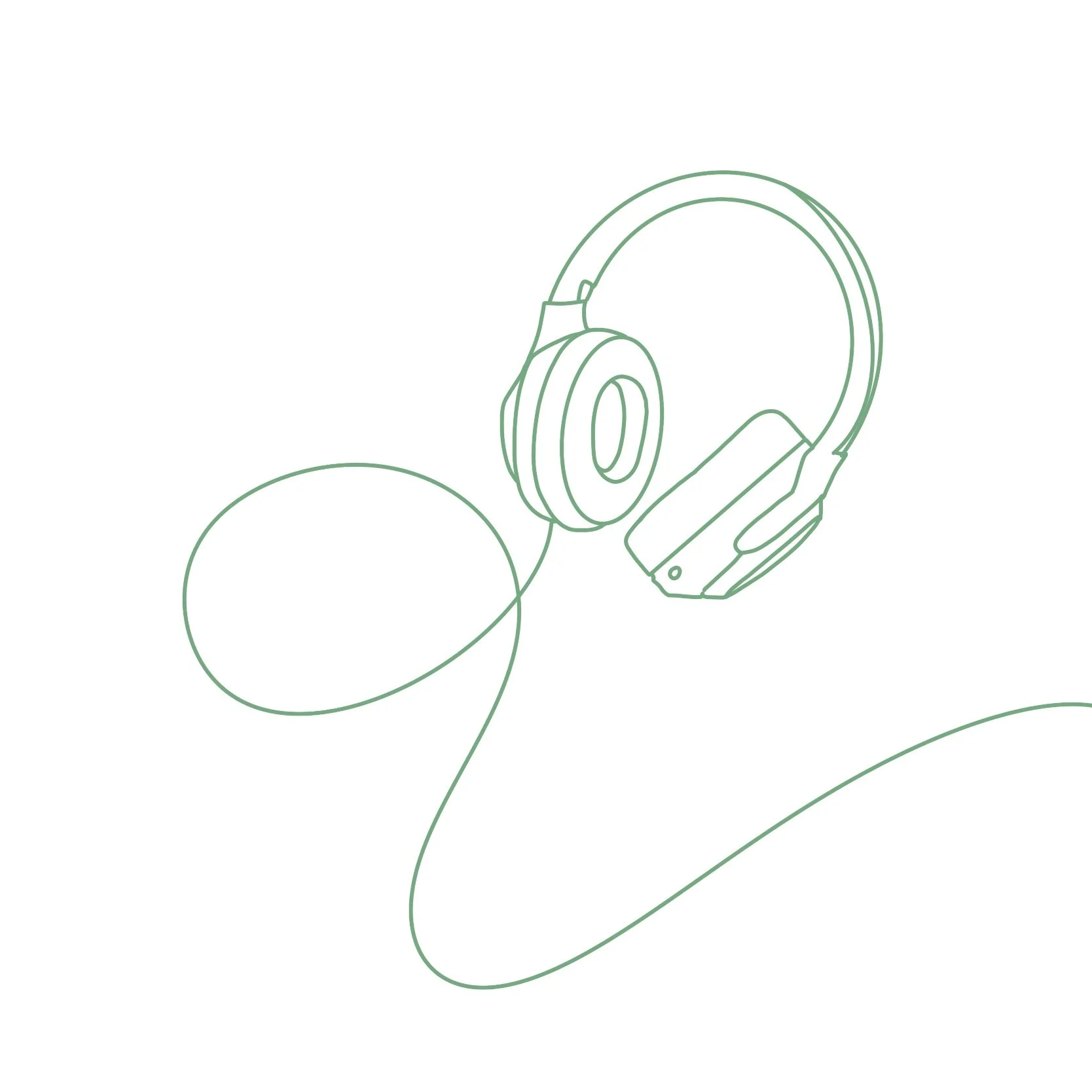

When you watch a movie, you are not paying attention to the footsteps made by a character walking on the sidewalk, or the quaint violin that plays in the background of an emotional scene. Sounds are, more often than not, aids to the visual effects that are taking place on the screen. Sound design is a frequently overlooked art form, but sound can entirely transform a piece of media.
Today, I would like to help shine a light on the work of sound designers. So much thought, effort, and creativity must go into every sound effect—even the most subtle choice in sound design can enhance a piece of media and further immerse a viewer into a scene.
Every movie, show, or play starts from a screenplay. A screenplay is essentially a script, which has extra instructions that explain specific details in the scene. These details, or stage directions, come can contain sound cues. These cues are what a sound designer is looking for while reading over a screenplay.
While reading, the designer may also make notes of the tones in certain scenes. In a scene where a hero has finally beaten the villain, the designer may want to put in high-energy music to match the mood of the scene. If a huge fight occurs between two friends, the designer may add rain and thunder effects in the background to convey the emotional turmoil.
In other words, the sound designer is fulfilling the writer’s wishes by following the stage directions in the screenplay, and they also enhance the show by putting in their own notes and ideas. It may seem like easy work, but poorly-done sound design can be jarring. The designer must make sure their design fits the director’s vision—calm music would not make sense over a suspenseful scene.
Once the planning process is completed, the designer moves on to the hard part: making and producing the needed sound effects.
The Script Lab
None of the sounds you hear while watching a film or a T.V. show are actually coming from the actors—nearly every single sound is made in post-production. As you watch the main character trek through the woods, you’re not hearing real leaves crunch. Rather, you’re hearing a foley artist stepping on a variety of plastic pieces. The daunting crash of waves on the ocean is actually made with the rapid splashes of a hand in a plastic tub.
Although foley is mostly used in produced media like T.V. shows, it can be used in live theater, too. I was the sound designer in the 2021 Northview production of “Carrie: The Musical.” In one scene, Carrie breaks all of the windows in her home in a telekinetic rage. We wanted to make the sound feel as real as possible, as if windows truly breaking backstage. So, each night, a crew member sat just off-stage and threw things into a bucket of glass—combined with the psychic “flex sound” I had made, the viewer truly felt they were in Carrie’s window-shattered home.
Video | Great Big Story
sound design in action!
sound design in action!
Video | TEDx Talks
In this TED Talk, Tasos Frantzolas delves into the art of modern sound design.
Video | Insider
Insider explores the creation of “The Quiet Place,” which utilizes nearly zero dialogue and ground-breaking foley techniques.
Video | Disney Studios
This scene from the beloved “Wall-E” creates so much emotion and movement with no dialogue, only sound—try to imagine this scene with no sound effects!

Sound design, although underappreciated, is truly a magical art form. It has the ability to bring scenes to life and to transport the viewer into a new world.
The next time you watch your favorite movie or television series, I highly recommend paying attention to the subtle choices in sound design—how is the music adding to the scene, how was this sound made, what are all of the sounds happening in the background—to start to pay attention to a part of media that is often so overlooked and forgotten about. Sound designers perform tedious, fascinating work on every production, and I think it is about time they start to receive some recognition for all that they do!
Web page design by BRAELYN DAILY














